18 Unique Cultural Experiences You Should Have in South America
South America is a continent rich in history, diverse cultures, and unforgettable experiences. From ancient ruins to vibrant festivals, there are countless ways to immerse yourself in the traditions and beauty of this incredible region. Whether you’re exploring the mysterious Inca civilization in Peru or dancing the night away at Brazil’s famous Rio Carnival, each country offers something truly unique. The natural landscapes are equally impressive, with stunning mountains, deserts, and rainforests to discover. South America is a region where cultures blend, and every journey brings new insights into both the past and the present.
This post may contain affiliate links, which helps keep this content free. Please read our disclosure for more info.
Diving with Hammerhead Sharks in the Galápagos Islands, Ecuador

The Galápagos Islands are famous for their unique wildlife, and one of the most thrilling experiences is diving with hammerhead sharks. These fascinating creatures inhabit the waters surrounding the islands, and diving with them allows you to witness these magnificent predators up close. The experience offers an unmatched view of the underwater world, where you can also spot other marine life such as sea lions, turtles, and a variety of fish species. The waters around the islands are crystal-clear, providing excellent visibility for divers of all levels.
This experience is not just about the sharks, though. The Galápagos marine environment is one of the most biodiverse in the world. The opportunity to observe a thriving ecosystem while diving with such iconic creatures is an unforgettable adventure for any nature lover or diver.
Exploring Machu Picchu, Peru
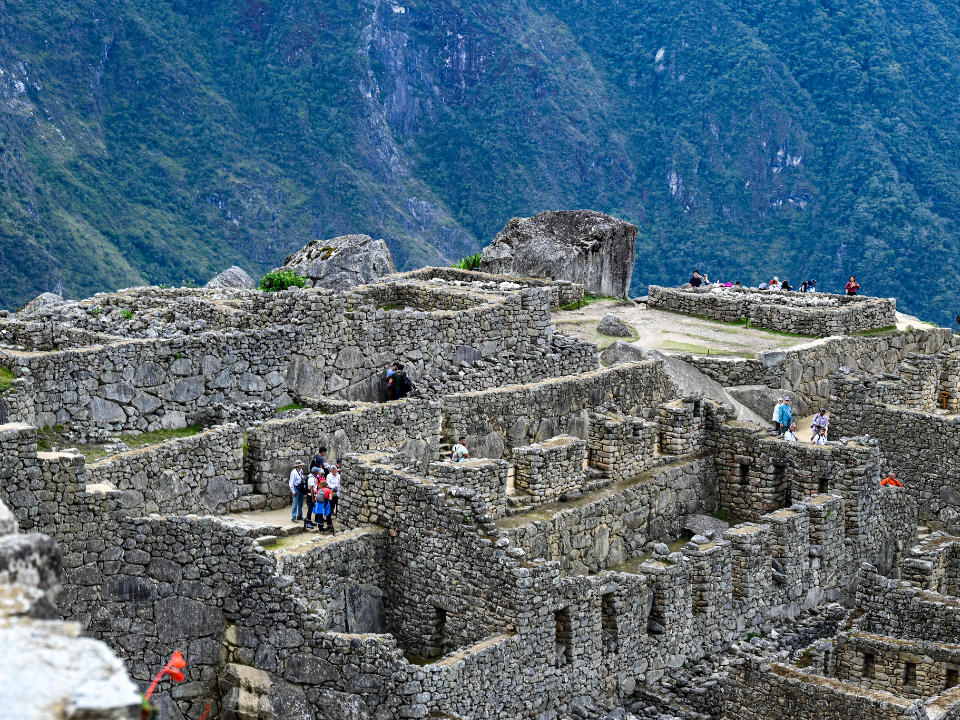
Machu Picchu is one of the most famous archaeological sites in the world, and it offers an incredible cultural experience. Nestled high in the Andes Mountains, this ancient Inca city provides a glimpse into the advanced engineering and culture of the Inca Empire. Visitors can hike the Inca Trail or take a scenic train ride to reach the site, where they will find impressive stone structures, terraces, and temples that have withstood centuries of weathering.
The journey to Machu Picchu is an immersive experience that connects you with both history and nature. The views of the surrounding mountains and valleys add to the site’s majestic atmosphere, making it an unforgettable cultural adventure.
Dancing Tango in Buenos Aires, Argentina

Buenos Aires is known as the birthplace of tango, and there is no better place to experience this passionate dance than in the city itself. You can visit a tango bar, known as a “milonga,” and enjoy a live performance or even join a dance lesson. The tango’s dramatic movements and rhythms reflect the emotional intensity of Argentine culture, and participating in the dance can be an unforgettable cultural experience.
The tango scene in Buenos Aires is lively and welcoming, with people of all ages and skill levels coming together to celebrate this iconic dance. Whether you are an experienced dancer or a beginner, the city’s tango culture is an exciting way to immerse yourself in Argentine traditions.
Visiting the Uyuni Salt Flats, Bolivia

The Uyuni Salt Flats in Bolivia offer one of the most surreal landscapes in the world. Stretching as far as the eye can see, this vast expanse of salt creates an almost mirror-like effect, especially during the rainy season. Visitors can take guided tours across the flats, where they will see otherworldly formations like giant cacti and salt hotels.
This experience is more than just a visual feast; it’s also an opportunity to learn about the unique ecosystem and wildlife of the area. The surrounding desert landscape, combined with the high-altitude environment, offers a stark contrast to other destinations, making it a truly unique experience in South America.
Exploring the Amazon Rainforest, Brazil
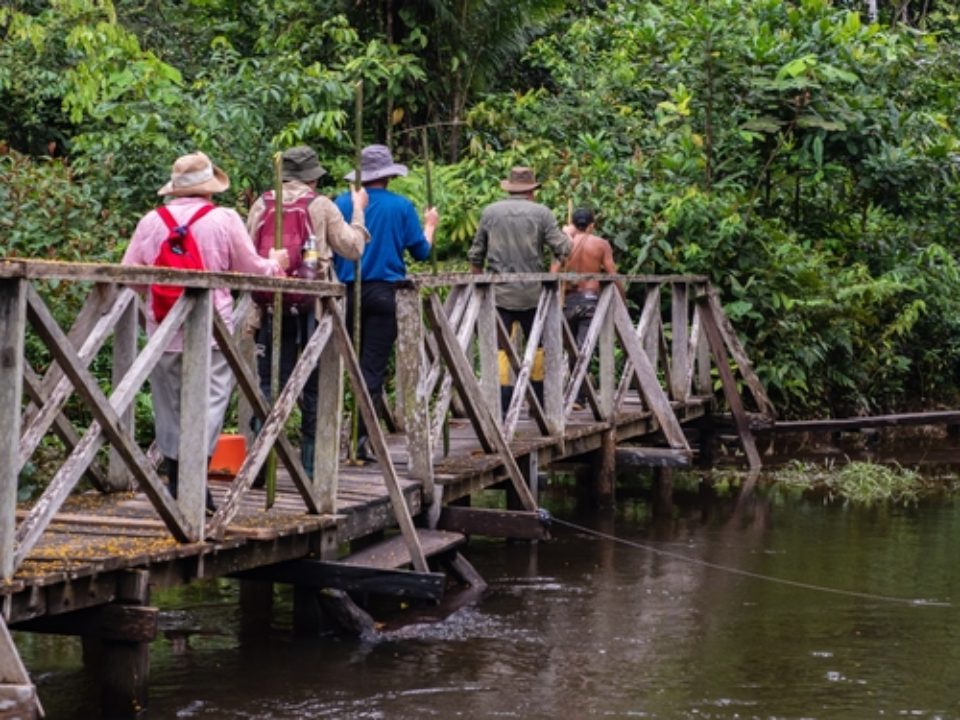
The Amazon Rainforest is one of the most biodiverse places on Earth, and visiting it is an extraordinary cultural experience. You can take boat tours along the river, hike through the dense jungle, and visit indigenous communities that have lived in the forest for centuries. The rainforest is home to a wide range of wildlife, including jaguars, monkeys, and countless bird species.
The opportunity to learn from indigenous guides who share their knowledge of the forest’s plants, animals, and cultural practices adds a deep layer of understanding to the visit. A trip to the Amazon is not only a chance to explore a stunning natural environment but also a way to connect with the traditions of the people who call it home.
Experiencing the Carnival in Rio de Janeiro, Brazil
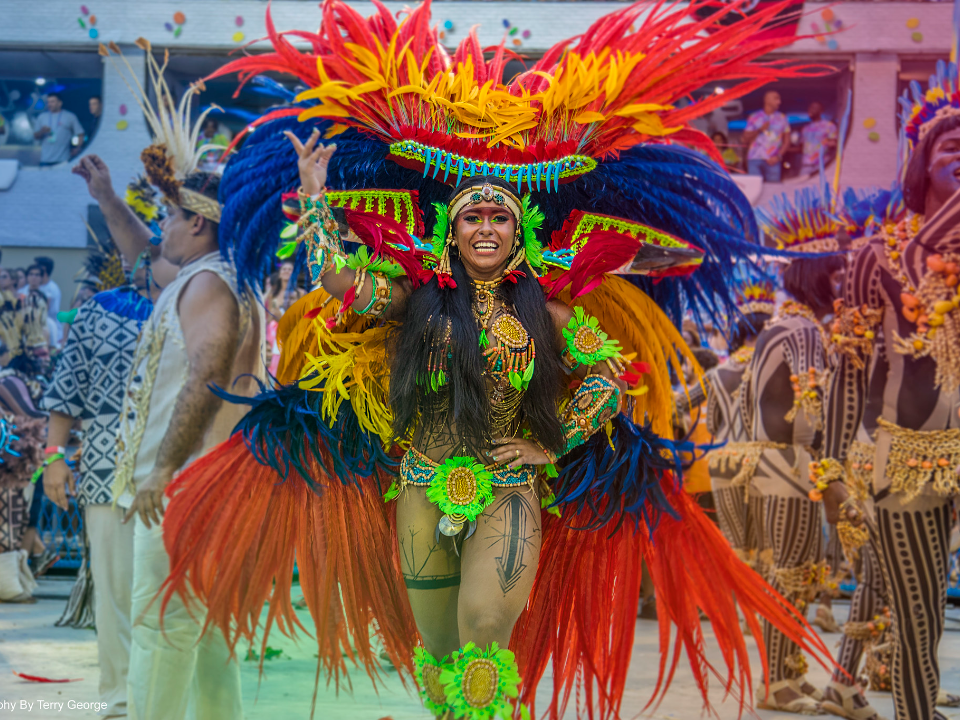
The Rio Carnival is the world’s largest and most famous festival, attracting millions of visitors every year. It features vibrant parades, where samba schools compete in elaborate costumes and performances at the Sambadrome. The streets of Rio come alive with music, dancing, and street parties, offering visitors a chance to experience Brazilian culture at its most energetic.
Beyond the grand parades, the carnival reflects Brazil’s rich cultural diversity and history. The infectious energy of the event, combined with the stunning costumes and music, makes the Rio Carnival one of the most unforgettable cultural experiences in South America.
Visiting Easter Island’s Moai Statues, Chile
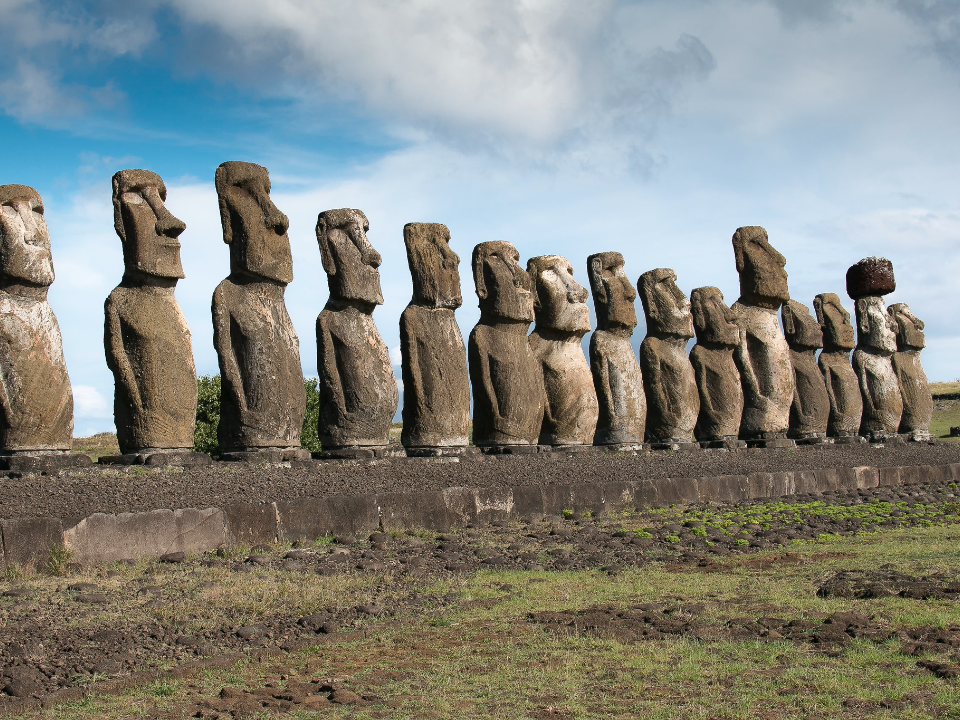
Easter Island, or Rapa Nui, is home to the mysterious moai statues, which are scattered across the island. These giant stone figures are believed to represent the island’s ancestors, and their construction and purpose remain subjects of great intrigue. Visiting Easter Island allows you to witness these statues up close and learn about the fascinating history of the island’s Polynesian inhabitants.
Easter Island offers more than just the moai statues. The island also features ancient temples, caves, and stunning volcanic landscapes that provide a deeper insight into the island’s rich cultural heritage. The remote location and spiritual significance of the island make it a unique cultural destination.
Touring the Sacred Valley, Peru
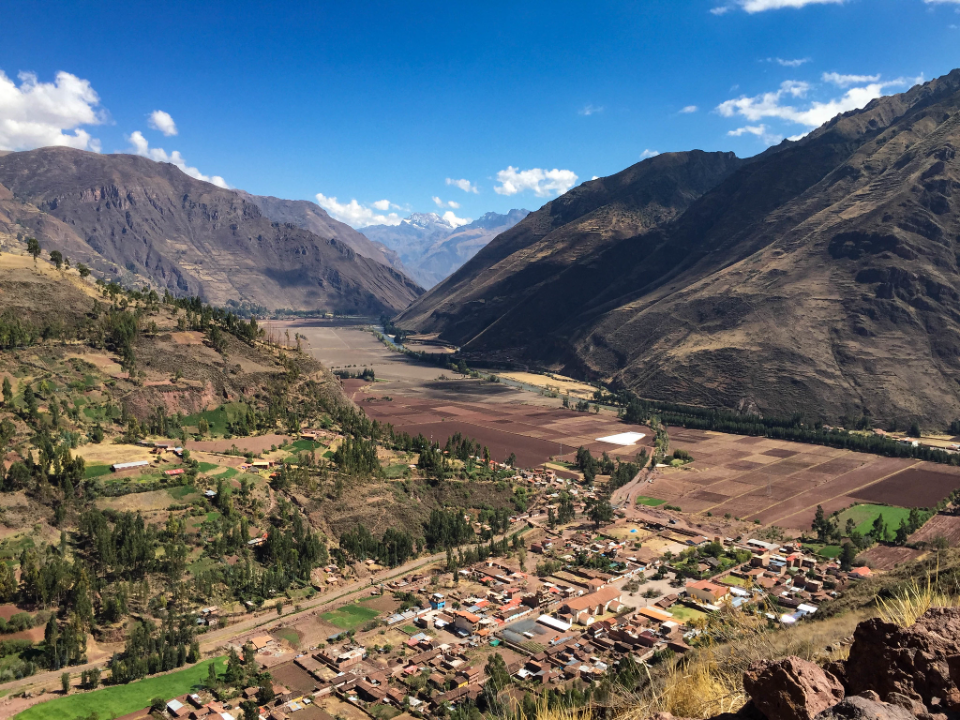
The Sacred Valley of the Incas is an area of great historical and cultural significance. This beautiful valley is home to several important Inca sites, including Ollantaytambo and Pisac, where visitors can explore ancient ruins, terraces, and temples. The valley is surrounded by stunning mountain scenery, offering a peaceful environment that allows visitors to reflect on the rich history of the Inca Empire.
A visit to the Sacred Valley is not only about the archaeological sites but also an opportunity to experience local culture. The valley is home to indigenous communities that have maintained traditional practices for centuries, and a visit to local markets allows you to witness the vibrant culture of the Andean people.
Hiking the Inca Trail, Peru
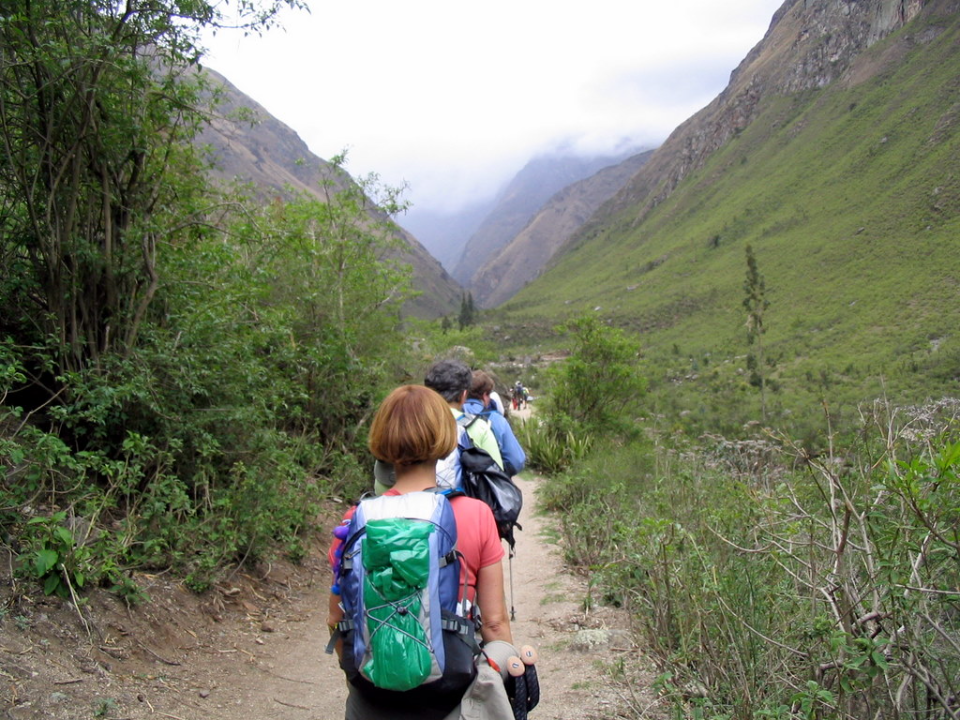
The Inca Trail is one of the most famous trekking routes in the world, leading to the ancient ruins of Machu Picchu. This multi-day hike takes you through stunning mountain landscapes, past ancient Inca sites, and into lush rainforests. Along the way, you will experience the beauty of the Andes and the rich cultural history of the Inca civilization.
The Inca Trail is not just a physical challenge; it’s also an opportunity to learn about the history and significance of the area. The journey through the sacred mountains and the eventual arrival at Machu Picchu makes the Inca Trail one of the most rewarding cultural experiences in South America.
Touring the Atacama Desert, Chile
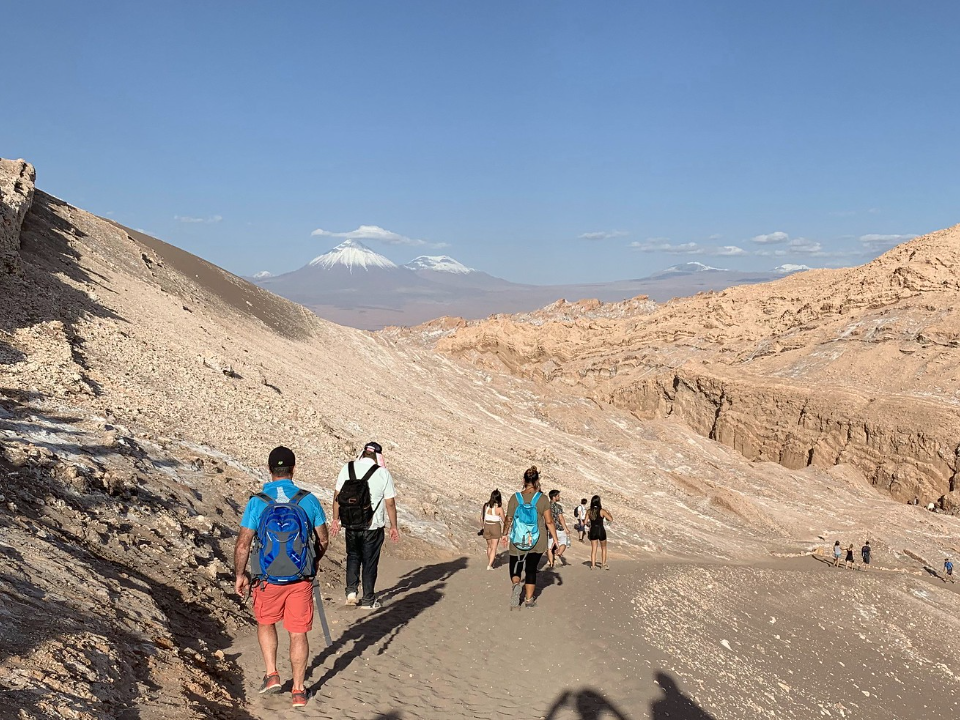
The Atacama Desert is one of the driest places on Earth, offering a truly unique cultural experience. Located in northern Chile, the desert is home to surreal landscapes, including salt flats, sand dunes, and volcanic formations. Visitors can explore these landscapes by hiking, stargazing, or visiting archaeological sites from ancient cultures that once thrived in the region.
The desert’s striking beauty is matched by its cultural significance. The Atacama Desert has been home to indigenous groups for thousands of years, and you can visit local villages to learn about their traditions, crafts, and way of life. A visit to the Atacama Desert is an opportunity to experience one of the world’s most unique environments while gaining insight into the history and culture of the region.
Sampling Traditional Peruvian Cuisine, Peru
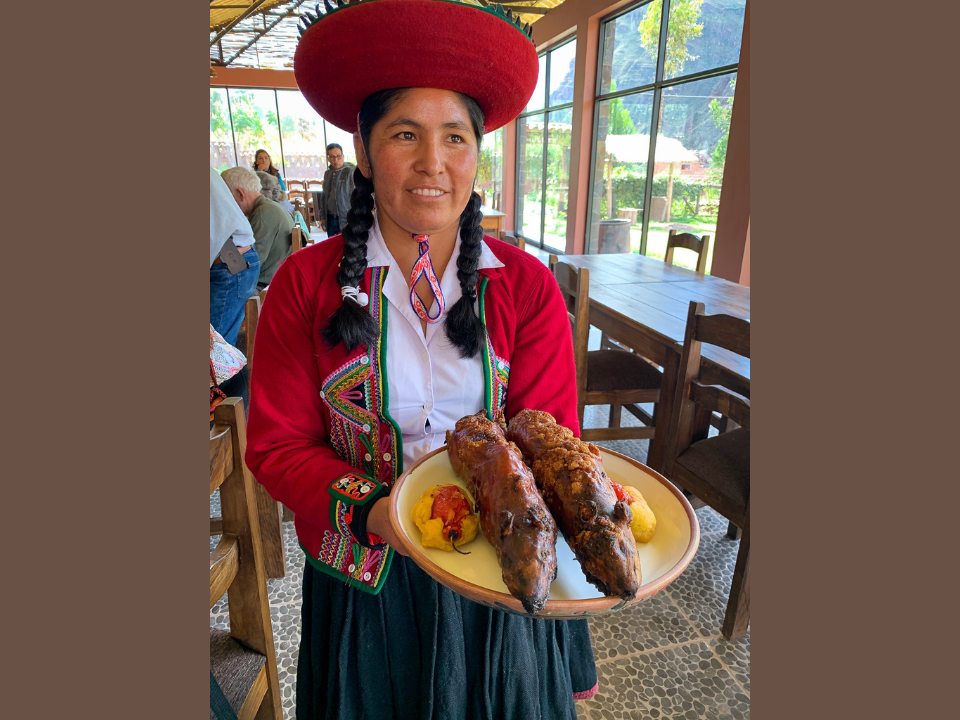
Peruvian cuisine is one of the most diverse and flavorful in South America. Known for its use of fresh ingredients and a wide range of influences, including indigenous, African, and Spanish, Peru’s food offers a unique culinary experience. Dishes like ceviche, lomo saltado, and ají de gallina highlight the country’s rich culinary traditions.
A food tour in Peru provides a deeper understanding of its cultural diversity. You can visit local markets, learn how traditional dishes are made, and enjoy the flavors that have made Peruvian food famous worldwide. The food in Peru is a reflection of the country’s history and its people, offering a true taste of South American culture.
Enjoying the Beaches of Cartagena, Colombia
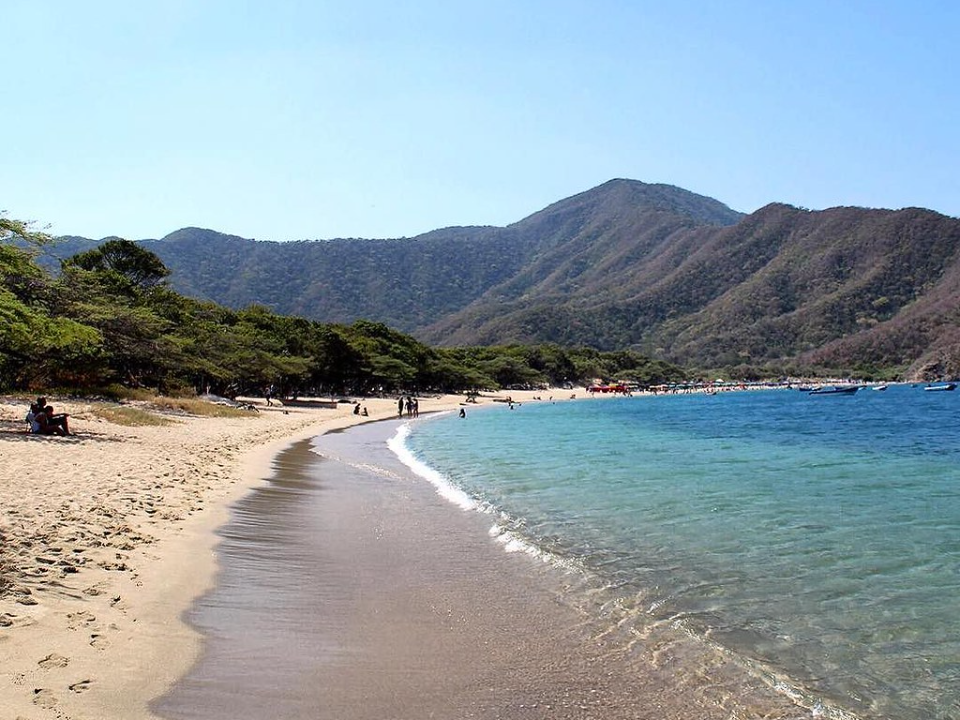
Cartagena, located on Colombia’s Caribbean coast, is known for its stunning beaches and vibrant culture. The city’s colonial architecture, colorful streets, and lively atmosphere provide a unique cultural experience, while its beaches offer a relaxing escape. Visitors can enjoy the warm waters, explore nearby islands, or simply relax along the coast.
Cartagena is more than just a beach destination. The city has a rich cultural heritage, with influences from indigenous, African, and Spanish cultures. Exploring the streets of Cartagena allows you to immerse yourself in the city’s vibrant art, music, and history.
Exploring Torres del Paine National Park, Chile
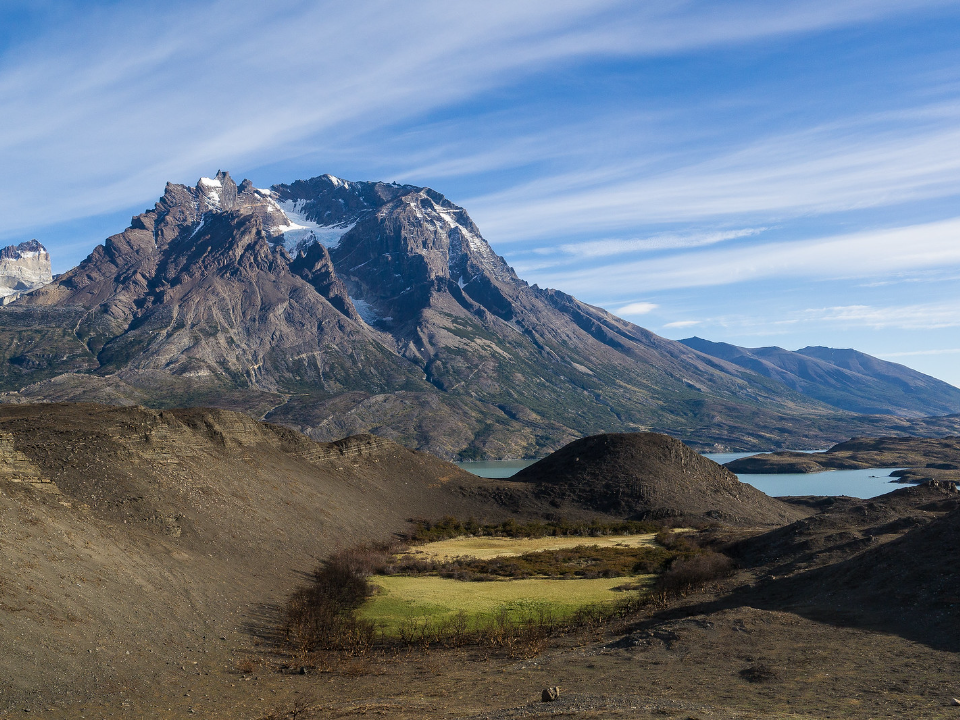
Torres del Paine National Park is one of the most visited national parks in South America, known for its stunning natural beauty. The park is home to towering mountain peaks, glaciers, lakes, and diverse wildlife. Hiking through the park allows you to experience the beauty of Patagonia while exploring its rugged landscapes.
Beyond the natural beauty, Torres del Paine offers a chance to connect with the culture of Patagonia. Local communities maintain traditional lifestyles in this remote region, and you can learn about their history, customs, and ways of life. A visit to Torres del Paine provides a perfect blend of outdoor adventure and cultural exploration.
Visiting the Witches’ Market, Bolivia
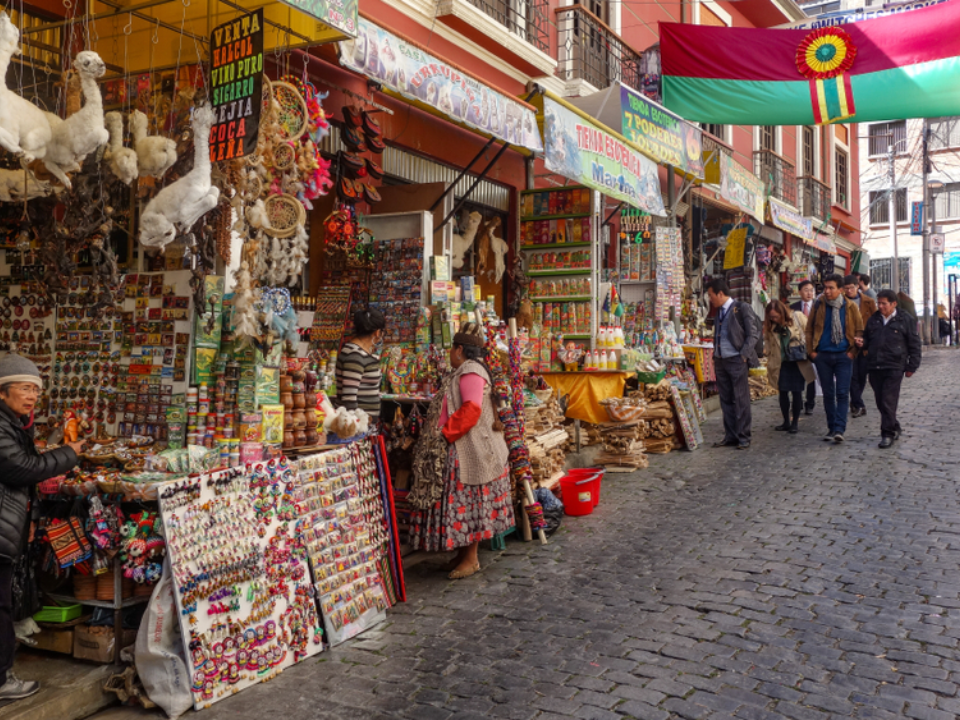
La Paz’s Witches’ Market is a unique cultural experience where visitors can find a wide variety of traditional herbal remedies, potions, and mystical items. The market has been part of Bolivian culture for centuries, and it offers a fascinating look into the country’s indigenous spiritual practices. Items like dried llama fetuses and amulets are sold by local vendors, and many visitors are curious to learn about their symbolic meanings.
The Witches’Market is also a place to experience the fusion of ancient traditions with modern-day Bolivia. The market reflects the country’s deep connection to its indigenous roots, and visiting it offers a rare opportunity to learn about Bolivian spirituality and local customs. It’s a must-see for anyone looking to dive into the cultural heart of La Paz.
Visiting the Misiones Waterfalls, Argentina
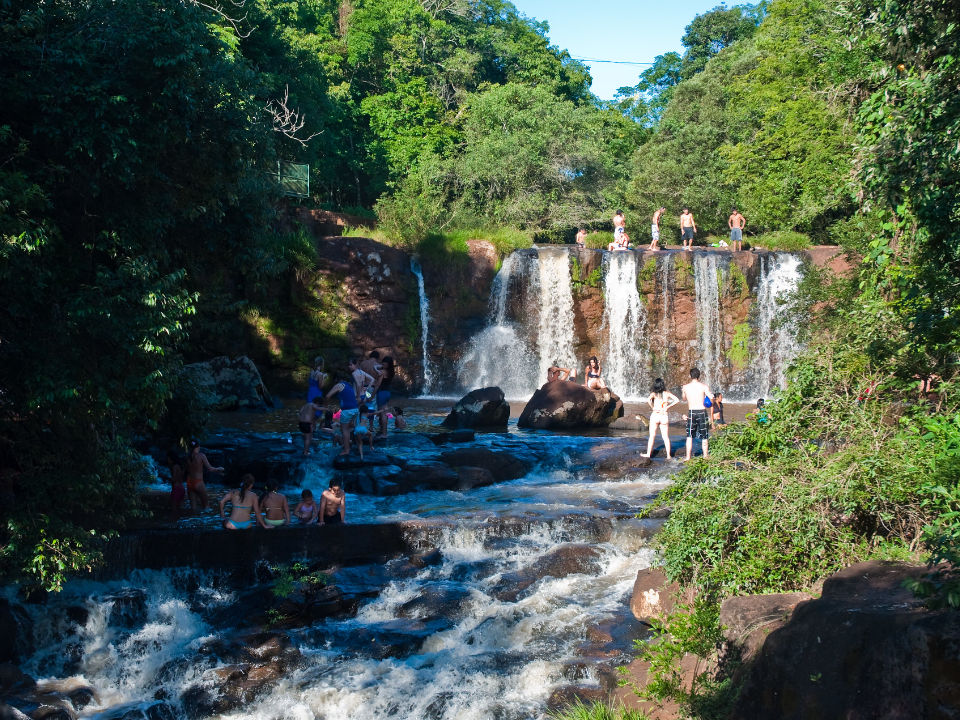
Located in the province of Misiones, Argentina, the Misiones Waterfalls are a hidden gem that rivals the more famous Iguazu Falls. This collection of waterfalls offers a more intimate and serene experience compared to its larger counterparts. Visitors can explore the area on hiking trails, taking in the breathtaking views of the cascading water and lush jungle surroundings.
The Misiones Waterfalls are also an opportunity to learn about the region’s biodiversity. The area is home to various species of wildlife, including capuchin monkeys, toucans, and jaguars. The combination of natural beauty and wildlife makes visiting these falls a unique experience.
Experiencing the Pampas in Argentina
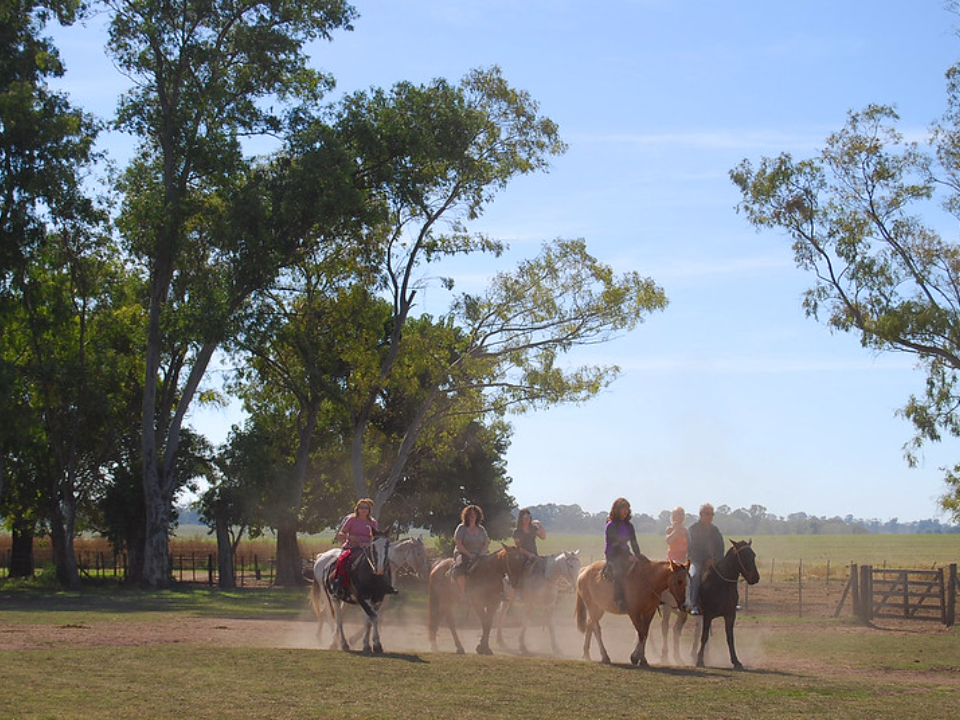
The Pampas is a vast, flat region of Argentina known for its expansive grasslands and traditional gaucho culture. A visit to the Pampas offers a chance to experience the traditional way of life of Argentina’s cowboys, who have shaped the country’s history and culture. Visitors can stay on working estancias (ranches), where they can learn about farming, cattle herding, and the role of the gaucho in Argentine society.
The Pampas are also known for their delicious traditional cuisine, particularly asado (Argentine barbecue). A visit to this region provides a cultural immersion that includes learning about the customs and traditions of the gaucho, tasting local foods, and enjoying the scenic beauty of the vast grasslands.
Visiting the Historic City of Quito, Ecuador
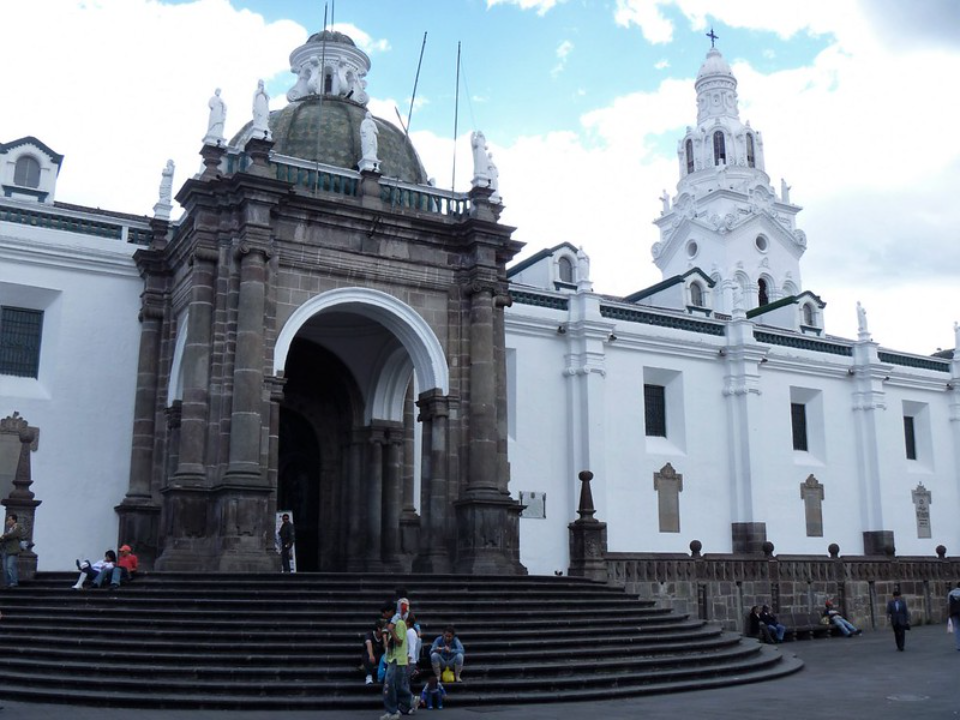
Quito, the capital of Ecuador, is a UNESCO World Heritage site known for its well-preserved colonial architecture. The city is surrounded by stunning Andean mountains, and its historic center is home to beautiful churches, plazas, and museums. Exploring Quito allows you to step back in time and experience Ecuador’s rich cultural history.
The city’s colonial streets are filled with vibrant markets, where you can purchase traditional crafts and foods. Visiting Quito offers a mix of history, culture, and natural beauty that provides a deeper understanding of Ecuador’s past and present.
Exploring the Puna de Atacama, Argentina
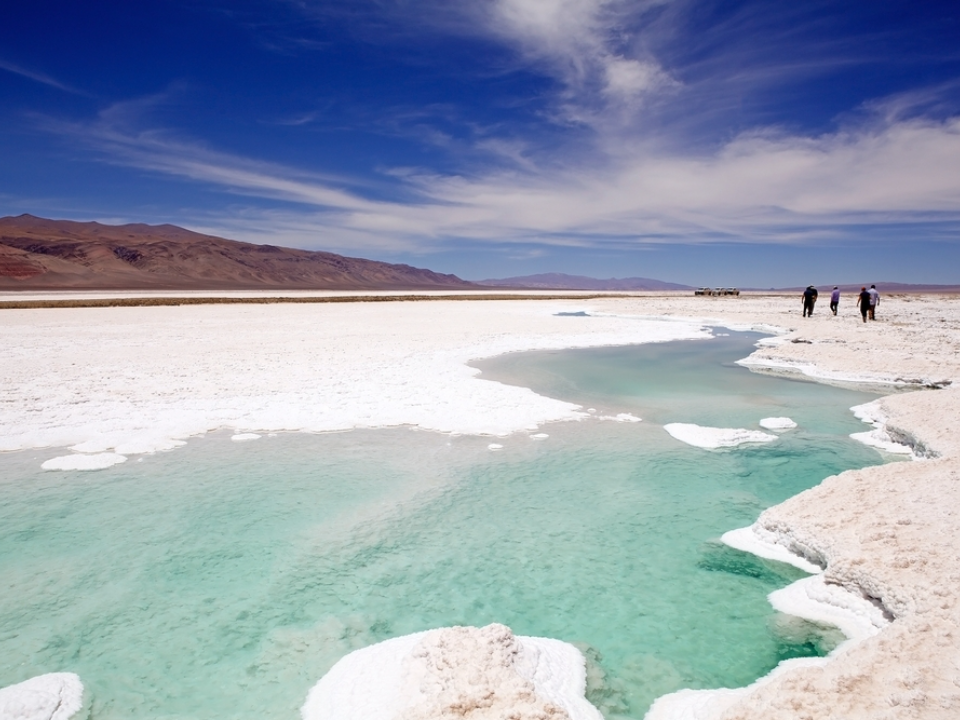
The Puna de Atacama is a high-altitude desert region in Argentina that offers unique landscapes and cultural experiences. The area is known for its salt flats, high-altitude lakes, and ancient ruins. Visitors can explore the region’s fascinating geology, including geysers and volcanic formations.
The Puna de Atacama is also home to indigenous communities who have lived in this harsh environment for centuries. Visiting this region allows you to learn about their traditional ways of life and the challenges they face in such a remote and unforgiving landscape.
This article originally appeared on Avocadu.
